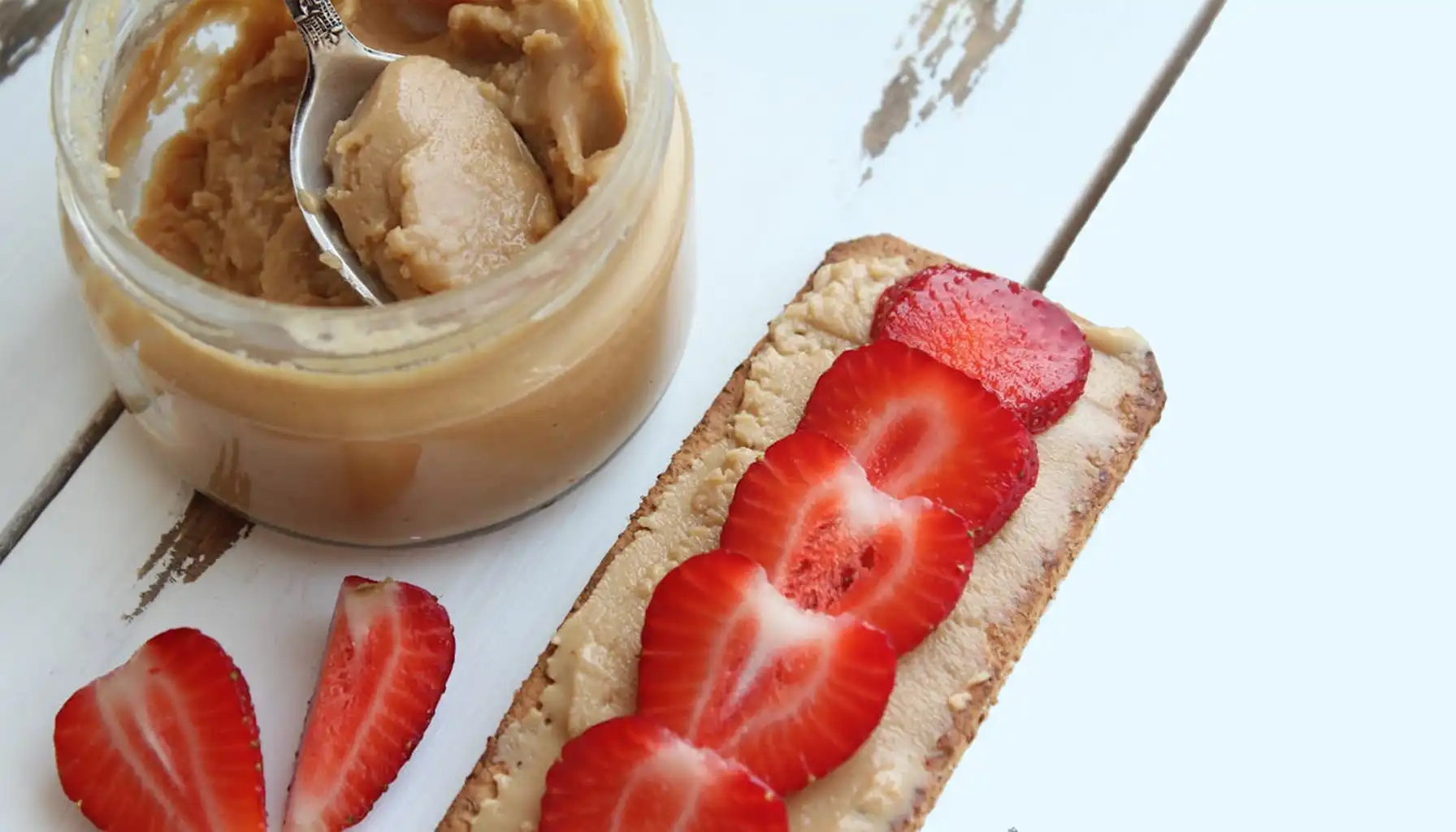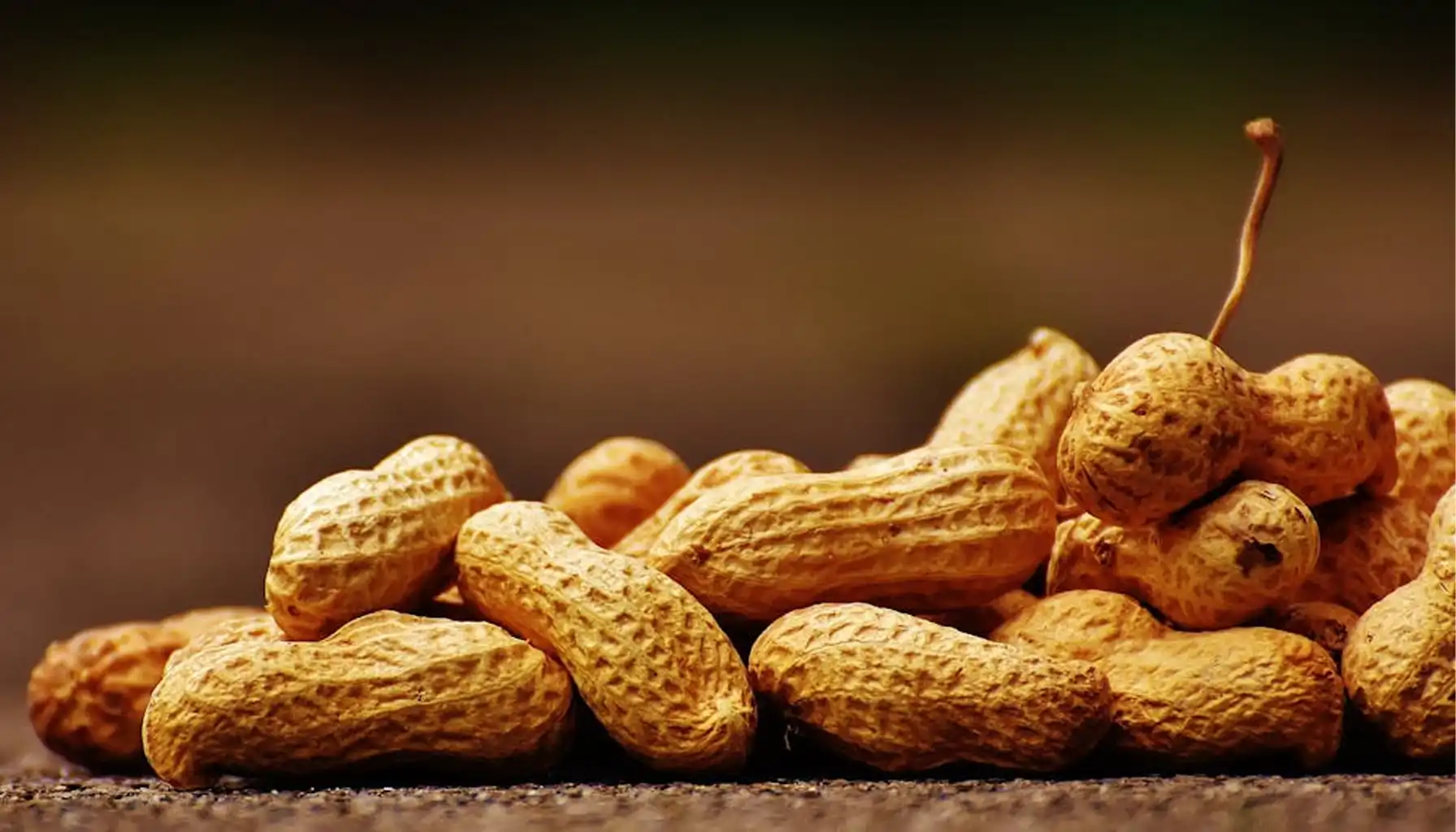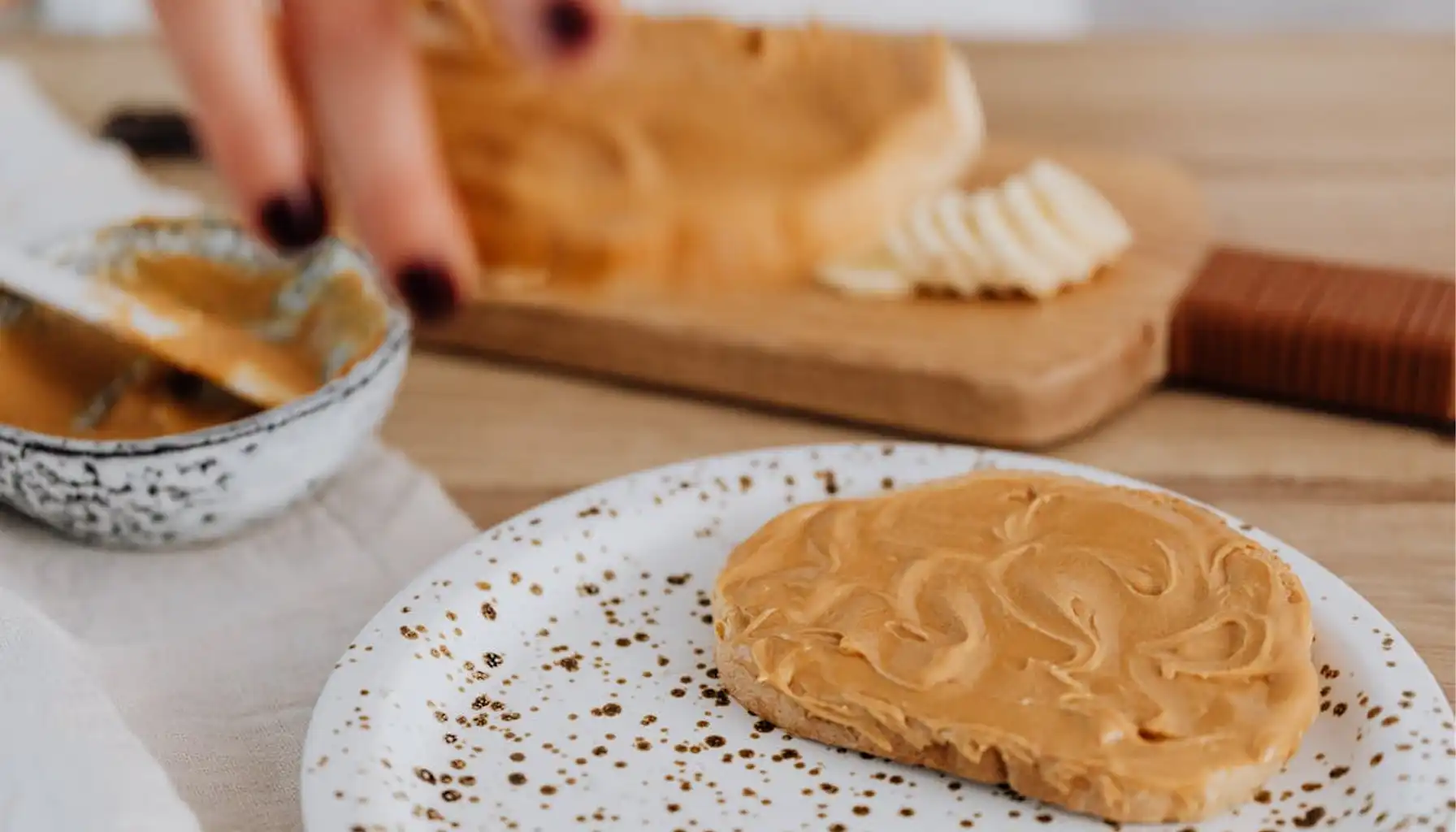Contents:
In simple terms, arachibutyrophobia is the fear of peanut butter sticking to the roof of your mouth. It might sound unusual at first, but it falls under the category of specific phobias: fears tied to particular situations or objects. Here the trigger is a specific food texture and the physical sensation it creates.
The arachibutyrophobia meaning isn’t about disliking butter or having a peanut allergy. Allergies are the immune system and can be life-threatening; arachibutyrophobia is psychological, rooted in fear or anxiety.
Someone with this phobia might avoid butter entirely, worry excessively about accidental contact, or feel panicked when eating foods with similar sticky textures.
So, what is arachibutyrophobia in everyday life? It can be a passing discomfort or a strong enough fear to influence what they eat, where they eat, and even social activities.
The fear of peanut butter may come from past choking incidents, sensory sensitivities, or broader anxiety patterns. Understanding the fear of peanut butter starts with recognizing it’s a legitimate phobia that can affect quality of life.
The brain needs therapy and exercise. You can take care of the first, but we can recommend the second one - brain training apps are a great way to do that.
Possible Causes

It helps to know the arachibutyrophobia pronunciation: it’s said uh-rack-ee-boo-tee-ruh-foh-bee-uh. Like other specific phobias, its roots can be varied and personal, sometimes having several influences at once.
Common contributing factors include:
Past choking incidents: struggling to swallow sticky foods, especially peanut butter, can leave a lasting impression on the brain’s fear circuits
Sensory sensitivities: heightened awareness of texture or mouth sensations can make peanut butter’s stickiness feel overwhelming or unsafe
Anxiety disorders: people prone to generalized anxiety or panic may be more likely to develop a fear of peanut butter phobia
Negative associations: linking peanut butter to illness, gagging, or embarrassment in a social setting. You may fear that you’re not a likable person
Observational learning: seeing someone else choke or react strongly to peanut butter can also trigger fear
While there’s no clear data on how many people have arachibutyrophobia, it’s rare compared to other food-related phobias. Still, for people who experience it, arachibutyrophobia symptoms like nausea, rapid heartbeat, and anxiety can be just as real and disruptive as with more common fears.
Signs and Symptoms

The arachibutyrophobia definition describes it as a specific phobia focused on the fear of peanut butter sticking to the roof of the mouth. While it might sound uncommon, and yes, how rare is arachibutyrophobia is hard to measure, those who have it often experience a mix of physical, emotional, and behavioral responses.
And to be clear: is arachibutyrophobia real? Absolutely. Fear can be the cause of eating habits, social situations, and even grocery shopping choices. In short, if you have arachibutyrophobia you’re afraid of encountering peanut butter in any form that could trigger the feared sensation.
Symptom Type | Examples |
Physical | Rapid heartbeat, shallow breathing, dry mouth, nausea, gagging, or muscle tension when seeing, smelling, or tasting butter. |
Emotional | Intense anxiety, dread, or panic at the thought of eating butter or similar sticky foods. |
Cognitive | Intrusive thoughts about choking, fear of losing control while eating, or imagining worst-case scenarios. |
Behavioral | Avoiding butter entirely, steering clear of restaurants or events where it might be served, or refusing foods with similar textures. |
Diagnosis and Assessment
A professional needs to understand a person's history with peanut butter and similar foods. This helps identify whether the fear meets the criteria for a specific phobia or if it’s better explained by another condition, like a swallowing disorder or severe sensory sensitivity. There’s no single test for who has arachibutyrophobia, mental health providers use interviews, questionnaires, and behavioral observations.
During assessment, the conversation may touch on personal experiences, triggers, and the person’s reaction in different situations. This can clarify that if you have arachibutyrophobia you’re afraid of the sensation of butter sticking to the roof of your mouth, not necessarily allergic reactions or the taste itself.
Among the lesser-known facts about arachibutyrophobia is that it can affect people who otherwise enjoy peanut-flavored snacks or desserts, as long as those foods don’t create the feared sticky sensation. This nuance makes professional assessment important, because treatment can then focus on the specific trigger rather than eliminating an entire category of foods unnecessarily.
Treatment and Coping Strategies

Evidence-based approaches can help retrain the brain’s response to the trigger and make eating less stressful.
Understanding what causes arachibutyrophobia: common roots are past choking incidents, heightened texture sensitivity, or a learned fear from seeing others struggle with sticky foods. Once the cause is clearer, treatment can be tailored to the individual.
Practical strategies may include:
Gradual exposure therapy: starting with non-sticky foods, then working up to small amounts of butter in a controlled setting
Cognitive-behavioral therapy (CBT): identifying and reshaping unhelpful thoughts about choking or losing control
Mindfulness and relaxation techniques: deep breathing or guided imagery to calm the body before and during eating
Texture adaptation: pairing butter with other foods to change its consistency, making it less sticky
When explaining what does arachibutyrophobia mean, it’s simply the fear of a specific food-related sensation.
Arachibutyrophobia Scenario Self-Check
Choose the option that feels most like you for each situation.
1. You see a jar of peanut butter on the kitchen counter.
A. You don’t think twice about it.
B. You avoid looking at it but don’t leave the room.
C. You immediately leave the area or feel anxious until it’s put away.
2. Someone offers you a peanut butter sandwich.
A. You eat it without worry.
B. You decline politely but feel slightly uneasy.
C. You refuse quickly and feel your heart rate rise.
3. You accidentally get peanut butter on a spoon and it touches your lips.
A. No reaction.
B. You feel mild discomfort and wipe it off quickly.
C. You panic or feel an intense urge to spit it out immediately.
4. Watching a cooking show where someone eats peanut butter.
A. You watch without concern.
B. You feel a bit unsettled and turn away.
C. You feel anxious and stop watching entirely.
5. Thinking about eating peanut butter right now.
A. No problem at all.
B. Slight discomfort or hesitation.
C. Strong aversion or immediate physical tension.
Results:
Mostly A’s: No significant signs of arachibutyrophobia.
Mostly B’s: Some discomfort: possible mild avoidance.
Mostly C’s: Strong signs of a phobic reaction; may benefit from professional support.
FAQ
Arachibutyrophobia is the fear of what food sticking to the roof of your mouth?
Peanut butter. The phobia centers on the sticky sensation, not necessarily the flavor or nutritional content.
Are there any interesting arachibutyrophobia facts?
Yes, it’s a rare and very specific phobia, often rooted in past choking incidents, sensory sensitivities, or learned fears. It may even be trauma. It can exist even in people who enjoy peanut-flavored foods, as long as they don’t create the feared sticky texture.
What does arachibutyrophobia treatment involve?
Arachibutyrophobia treatment may include gradual exposure therapy, cognitive-behavioral therapy, mindfulness exercises, and altering the food’s texture to reduce anxiety. In many cases, these approaches help people manage or even fully overcome the fear.





